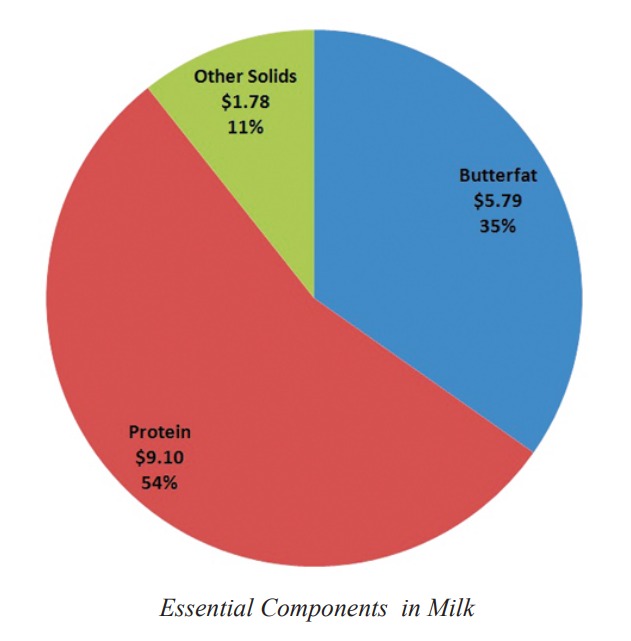Many parents continually encourage their children to drink milk daily, and while some kids enjoy it, others might question what exactly the glass of milk contains that takes over their favorite carbonated beverage. Here, we’ll explore the numerous reasons behind this preference.
SEE ALSO: Why do Plants and Animals Become Extinct?
Milk, a nutritious white liquid primarily sourced from cows and buffaloes for human consumption, is often referred to as the “complete food.” It comprises 87.2% water, 3.5% proteins, 3.7% fat, 4.9% sugar, and an array of vitamins and minerals. These components contribute to its status as a well-rounded nutritional source. It’s worth noting that in different regions around the world, people obtain milk from various animals, such as reindeer’s milk in northern Europe and goats’ milk in Middle Eastern countries.
Each of these nutrients within milk serves a unique purpose. Proteins promote growth and physical strength, sugar acts as a fuel source, and fats provide additional energy. Essential minerals like calcium and phosphorus aid in bone formation, while a variety of vitamins – A, B, C, D, E, K, and niacin – combat vitamin deficiencies and support overall health.
Milk’s rich history dates back over 5,000 years when humans discovered its many applications. Beyond its pure form, milk yields a plethora of by-products, including curd, butter, cheese, and more, all of which have become indispensable in our daily lives.
To maintain milk’s freshness, rapid cooling to 10 degrees Celsius within two hours of milking and maintaining this temperature during transportation is crucial. For safe consumption, it is recommended to pasteurize milk by boiling it once to halt the growth of harmful microbacteria, although excessive boiling can compromise its nutritional content.
In recent times, processed milk has gained popularity due to its perceived health benefits. The consumption of homogenized and skimmed milk has surged as these processes reduce or entirely remove fat content.
Quick Facts about Milk
- Milk is a white liquid produced by the mammary glands of mammals, serving as the primary source of nutrition for young mammals.
- It is essentially an emulsion of butterfat globules within a water-based fluid containing carbohydrates, proteins, and minerals.
- In 2011, global dairy farms produced approximately 730 million tonnes of milk.
- India is the world’s largest producer and consumer of milk, while countries like New Zealand, the European Union, Australia, and the United States are major milk and milk product exporters.
- China and Russia are the world’s largest importers of milk and milk products.
More: What Stops The Body Working Normally? and How to Improve Your Health With a Balanced Diet



